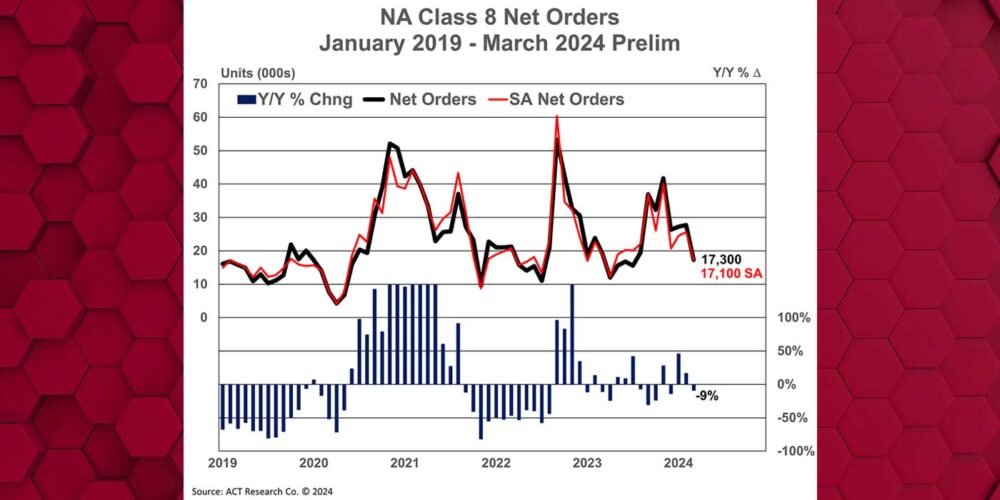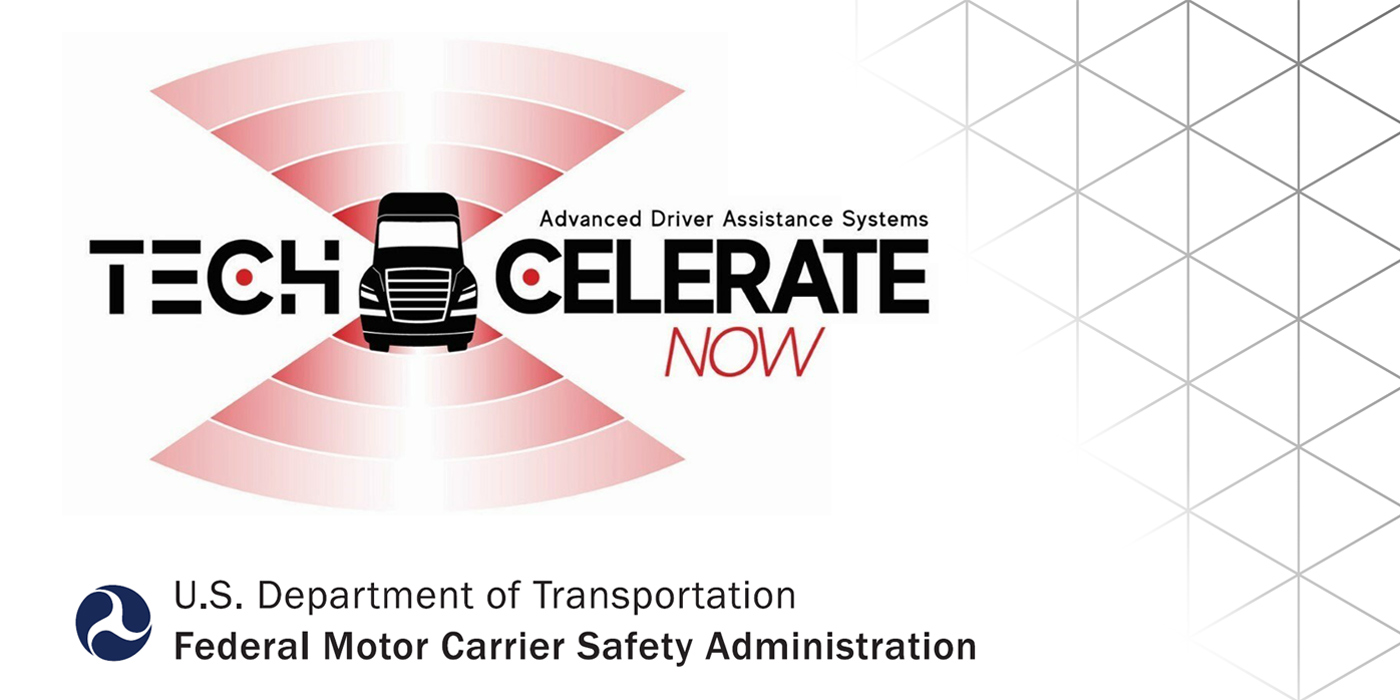Heavy-duty fleet organizations are facing major challenges in the retention and recruitment of drivers at an especially hazardous moment. Drivers are needed now more than ever before to progress in migrating the shipment of goods, food, medicine and vaccines globally.
Retention is especially important for drivers, as the current market is tight. The most recent ACT Research For-Hire Trucking Index revealed a Driver Availability Index that significantly decreased to a new low of 16.7 in March, down from its previous low of 23.6 in February.
Driver turnover rates continue to increase
The most recent data on driver turnover from ATA comes from the fourth quarter of 2020, which reported that for the year, the turnover rate at large fleets averaged 89%, two points higher than the previous year.
At smaller carriers, the turnover rate rose five points to 77%. That mark was three points lower than the rate in the final quarter of 2017. The rate averaged 73% for the year—the lowest churn rate since 2011.
While it may be easier to blame the staggering effects of the COVID-19 pandemic, as evidenced by the numbers, this has been a problem for many years.
For the fourth year in a row, the 2020 American Transportation Research Institute (ATRI) report “Critical Issues in the Trucking Industry” clarified that driver shortage remains the trucking industry’s most critical concern.
Driver shortages are also an additional concern primarily for private fleet organizations, regardless of the fact that the numbers are not as dire as with for-hire carriers. The most current benchmarking report from the National Private Truck Council (NPTC) in 2020 proves that driver turnover has continued to increase, nearly reaching an all-time high of 18.5% in 2020. In the previous year, private fleets reported turnover of 16.9%, which is up a point and a half over the previous year’s 15.4% average turnover.
Compensation programs are frequently discussed in order to allure new drivers and hold onto existing ones. However, fleets are now starting to utilize other strategies for driver recruitment and retention.
On-boarding new drivers can be expensive
The average cost of onboarding a new driver usually exceeds $10,000 for many companies. Consequently, organization with private fleets and for-hire carriers have a continuous motivation for retaining their existing drivers to avoid paying this costly on-boarding expense. They are now realizing that the ability to have drivers operate more advanced trucks can improve their likelihood of retention.
Newer and more advanced trucks come with advanced technology, advanced safety features and less maintenance and repair (M&R) problems, equating to less downtime and breakdowns on the side of the road. This allows drivers to often return home to their families at the end of the day and operate trucks on their routes with the assurance that they will most likely avoid breakdowns on the side of the road.
Advanced safety aspects aid drivers and fleets
The advanced safety aspects featured in modern trucks are a large motivating factor for drivers to stay with a particular fleet. Current drivers enjoy comfort and safety items such as the following:
• Air ride suspension;
• Power steering;
• Automated manual transmission;
• Engine HP and speed settings;
• Lane departure;
• Collision mitigation;
• Adaptive cruise control;
• Blind spot monitoring; and
• Roll stability.
Fleets are realizing a significant return on their investment (ROI) into more advanced trucks when more of these trucks are placed into service. In fact, the cost for all safety equipment (including collision avoidance, disc brakes, lane change, and electronic stability control) decreases overall collision repairs and yields a return on the original safety technology investment in about 18 months (collision repairs cost avoided). These are hefty savings combined with the cost of on-boarding new drivers.
Since more fleets and transportation organizations are replacing older trucks with more advanced, safer equipment on the roads, these companies will quickly realize they will keep their drivers and others on the road safer. This will also allow them to retain their drivers at a higher rate and enjoy generous savings in reduced accident and litigation costs, along with lower maintenance and repair expenses.
Katerina Jones is vice president of marketing and business development at Fleet Advantage, a provider of truck fleet business analytics, equipment financing and lifecycle cost management. For more information visit the Fleet Advantage website.














